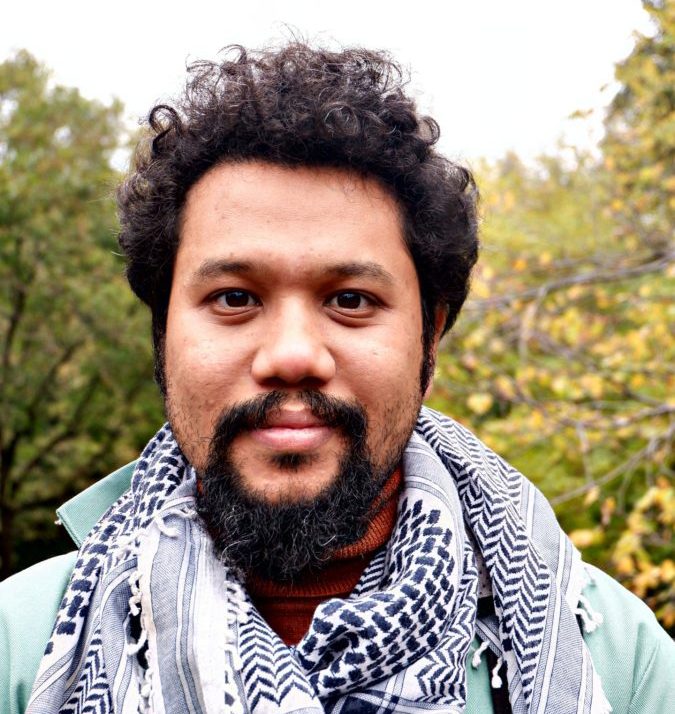FEATURE
Laporan Kebebasan Berkarya 2023 – 2024 di Malaysia
ประเทศไทย: รายงานเสรีภาพทางศิลปะ ระหว่างปี 2023-2024
Việt Nam: Báo cáo về Tự do Nghệ thuật 2023 – 2024
Database
Explore our searchable database of over 700 challenges to artistic and cultural freedom in Southeast Asia going back to 2010.
INTERACTIVE SNAPSHOT
-
Number of Cases
SEA Artistic Freedom RADAR has documented over 800 cases in six countries, going back to 2010. Learn more about the key findings from the latest batch of cases from 2023 – 2024 via our interactive graphs here.
-
5-year overview of cases
The number of cases have increased over 5 years, although the low number of challenges to artistic freedom between 2020 – 2022 may be due to the drastically reduced number of performances and cultural events during the pandemic.
Between 2023 – 2024, Indonesia had the highest record of cases at 67, a sharp increase over a 5 year period. This was followed by Malaysia with 50 cases and Vietnam, 21. Philippines’ 16 cases and Thailand’s 15 both continue a slow upward trend. In Cambodia, the incline over 5 years is steeper, indicating that arts and culture are coming under greater scrutiny there.
-
Most targeted artforms
RADAR documented challenges to a range of artistic forms, heritage and cultural practices, including everyday cultural and creative expressions or objects. The three top forms targeted were music, film & broadcast and visual arts.
There were 66 music cases, 44 of which were recorded in Indonesia. This increase is due to the proscription of live shows featuring remix, electronic and organ tunggal music as part of the regional government anti-vice and public safety campaign in South Sumatera. There were 43 cases of films and serial broadcasts, mainly in Malaysia (12 cases), the Philippines (11) and Vietnam (10), and Indonesia (7). Visual arts had 19 cases, the majority of which dealt with political themes.
There were a few high profile controversies in the Design and Creative Services category, including over seemingly innocuous decorative embellishments such as communist kitsch on restaurant plates and rainbow themed watches. These incidents point to an increasingly constricted civil space.
-
Agents: Big Brother still rules…but Kevin and Karen are coming for the crown
An agent is an individual, group or institution whose actions threaten, diminish or violate artistic freedom. State-affiliated individuals or organizations initiated the first step against artistic freedom in 107 of the 182 cases. Non-state agents such as members of the public, corporations, educators, faith-based associations, the media and even arts stakeholders were involved in 75 of the 182 cases documented.
-
Challenge Chain: Everything, everywhere, all at once
A single case may only be targeted by one agent, or face multiple challenges. Of the 182 cases logged, 111 cases involved only a single step, with the rest experiencing between 2 – 5 steps each. An individual, group or institution would fire the opening salvo against an artwork or creator. Other agents would launch further attacks, resulting in a multi-pronged attack.
The most common pattern to emerge sees the public function as a lookout and informer, using social media and other channels to draw negative attention to the target. These highly performative actions would alert and impel the state to actively impede the artwork or creator. A feedback loop would lead to a fresh cycle of public attacks; other players would join using different methods to oppress the target.
There were other cases with a reverse call and answer loop – state condemnation, followed by non-state attacks. It is important to note that not every case evidenced a causal relationship between agents who initiated the first step, and subsequent attacks on the same work. Different agents in many cases performed oppression correlationally.
-
Methods: Words, Sticks and Stones
While words break no bones, they can have a bruising effect on artistic freedom. By volume, Protest, which includes actions such as complaints, accusations, boycotts and harassment, was the top method used. It was the public’s preferred method but was liberally used by other agents.
Banning was the second most commonly used method overall. On the more severe end of the spectrum of methods used, creators, publishers and distributors of artistic and creative works were subjected to prosecution, detention and other punishments in violation of their right to free expression.
Other methods include detention, investigation, prosecution, destruction or alteration of works, and withdrawal of resources. Taken collectively, these ‘sticks and stones’ methods formed the greatest threat to artistic freedom in the period under study.
-
Reasons: Morality and Politics
Moral policing is motivated by a desire to safeguard societal norms in religion, morality, tradition, gender and sexual norms. It was the top reason in Cambodia (gatekeeping of culture and heritage), Vietnam (narratives around the nationhood) and Malaysia (Islam, gender and sexuality).
In Thailand, perceived infractions against the royal family, military and the political elite are highly disciplined by state and non-state agents.
In Indonesia, prohibitions on some forms of live music, ostensibly to protect the public against vice activities, was behind a large number of cases. In the Philippines, protecting minors was cited in several cases, indicating societal anxieties about the ‘corrupting’ influence of arts and culture.

Name Testimonial
Lorem ipsum dolor sit amet, consectetur adipiscing elit. Ut elit tellus, luctus nec ullamcorper mattis, pulvinar dapibus leo.

Name Testimonial
Lorem ipsum dolor sit amet, consectetur adipiscing elit. Ut elit tellus, luctus nec ullamcorper mattis, pulvinar dapibus leo.

Name Testimonial
Lorem ipsum dolor sit amet, consectetur adipiscing elit. Ut elit tellus, luctus nec ullamcorper mattis, pulvinar dapibus leo.
Submit a case
Have you witnessed or experienced a challenge to artistic freedom? Share the details with us.
About the Programme
The Southeast Asian Artistic Freedom Radar (Research and Documentation Resource) launched in 2022, documents violations of artistic freedom in Southeast Asia. Our searchable database has over 700 cases of challenges to artistic freedom in the region, going back to 2010. New cases are uploaded periodically.

